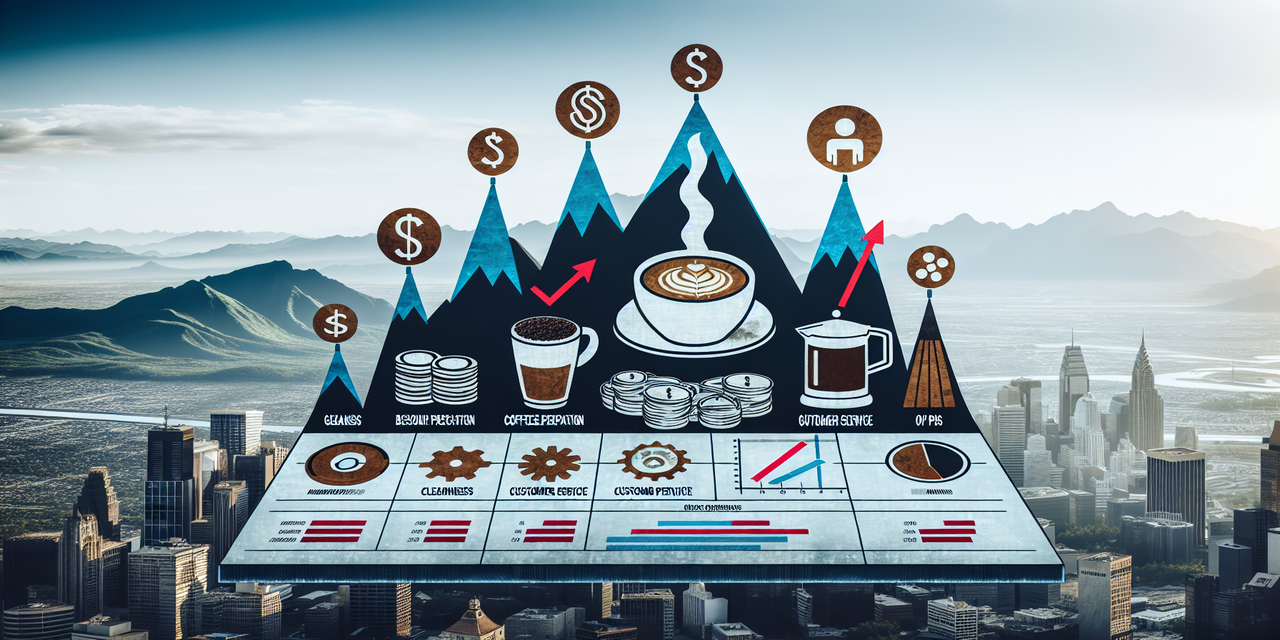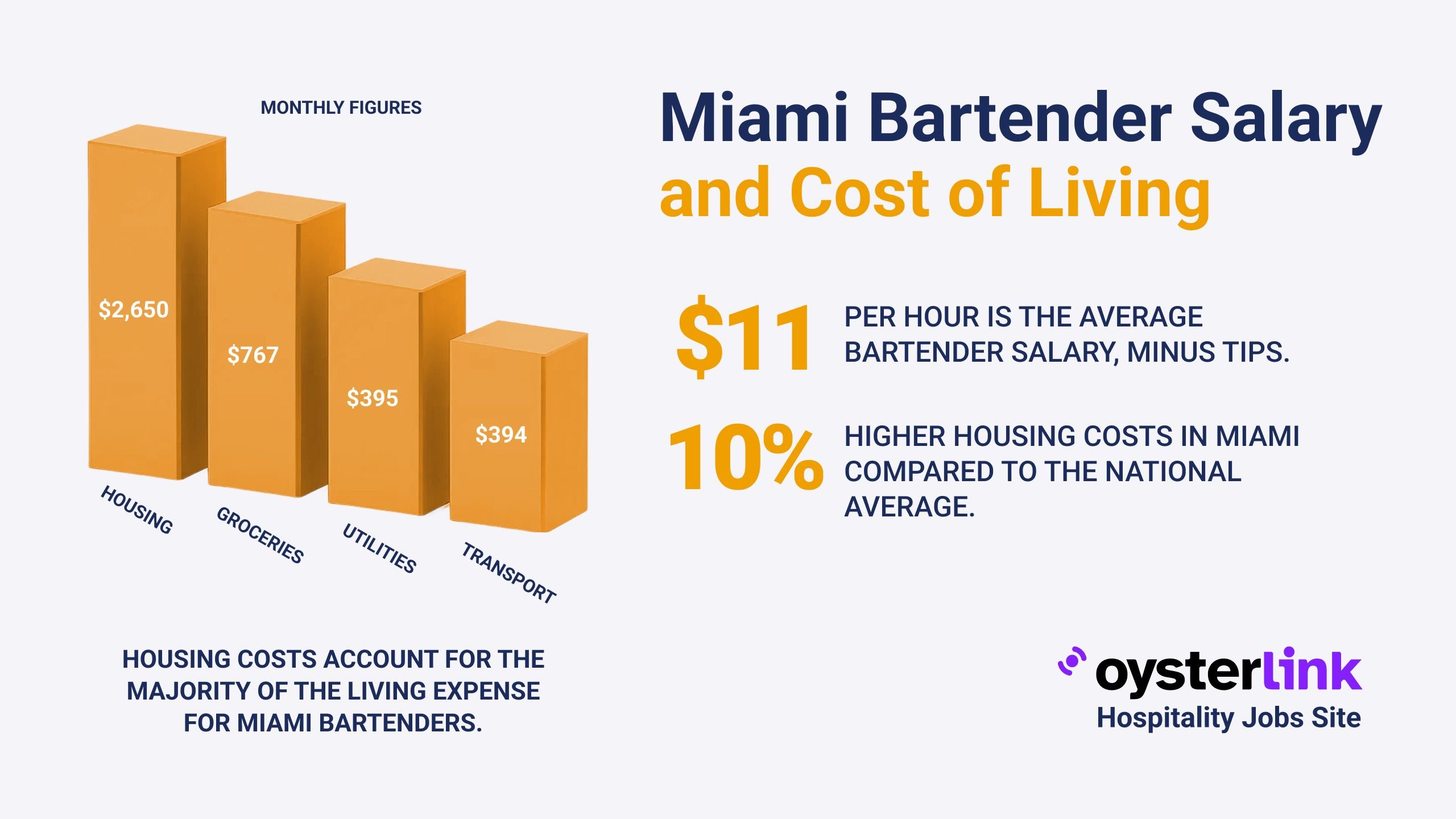Performance Review Template for Barista: Key Takeaways
- Effective barista reviews focus on KPIs like customer satisfaction, drink accuracy, and cleanliness
- Goal setting with SMART targets drives performance improvements and skill development
- Standardized rating scales and structured feedback foster clear communication and growth
Use this comprehensive barista performance template to evaluate, recognize, and grow your café team effectively.
It integrates essential KPIs and goal-setting best practices tailored for baristas.
For hiring guidance, learn how to hire a barista.
1. Importance of a Performance Review Template for Baristas
A well-crafted performance review template guides managers in assessing barista performance consistently and fairly.
This structure helps identify strengths, weaknesses, and growth opportunities.
Including key performance indicators (KPIs) ensures evaluations focus on measurable results that impact customer experience and operational efficiency.
For structure, use this employee evaluation form to streamline reviews.
2. Key Performance Areas and KPIs for Barista Reviews
Customer Service KPIs
Customer interaction is critical for baristas. Relevant KPIs include:
- Customer satisfaction rating: Measuring feedback scores to gauge service quality.
- Average wait time per customer: Tracking speed and efficiency in order completion.
- Number of positive customer reviews: Reflecting on direct customer praise.
- Upselling percentage: Assessing ability to recommend additional items.
When recruiting, review our barista interview questions to assess service skills.
Drink Preparation KPIs
Consistency in beverage quality builds customer loyalty. Evaluate through:
- Accuracy in drink orders: Minimizing mistakes in item preparation.
- Consistency in taste and presentation: Ensuring each drink meets brand standards.
- Speed of drink preparation: Delivering orders promptly without sacrificing quality.
- Quality control checks: Regularly reviewing drinks for standards compliance.
Clarify expectations with a detailed barista job description.
Cleanliness and Maintenance KPIs
Maintaining hygiene and equipment directly affects operation and safety:
- Cleanliness audit scores: Results from regular inspection checklists.
- Timely equipment maintenance logs: Records showing upkeep and servicing punctuality.
- Inventory management for cleaning supplies: Effectiveness in stock tracking and replenishment.
- Adherence to hygiene protocols: Compliance with health standards.
Reinforce sanitation with these hospitality hygiene tips.
3. Structuring the Barista Performance Review Template
A practical template typically includes:
- Employee Information: Name, job title, department, review period, reviewer’s name.
- Performance Summary: Brief overview highlighting key observations.
- Evaluation of KPAs using a standardized rating scale: For example, 1 to 5 or "Needs Improvement" to "Exceeds Expectations."
- Strengths and Accomplishments: Specific achievements worth recognizing.
- Areas for Improvement: Identified growth opportunities.
- Goal Achievement: Assessment of progress on prior targets.
- Development Plan and Goals for Next Period: SMART goals crafted collaboratively.
- Employee Comments: Space for the barista’s feedback and thoughts.
- Signatures and Date: Formal acknowledgment of the review.
During compensation discussions, reference how to calculate pay raises fairly.
4. Goal Setting for Baristas Using SMART Goals
Goals must be Specific, Measurable, Achievable, Relevant, and Time-bound to be effective.
Examples include:
- Complete advanced barista training within the next quarter.
- Increase customer satisfaction ratings by 10% over six months.
- Reduce order preparation time by 15% within three months.
Such goals motivate employees and provide clear benchmarks for performance evaluation.
Support development by sharing guidance on becoming a barista.
5. Benefits of Using a Standardized Rating Scale
Applying a uniform scale for KPAs helps ensure fairness across evaluations and makes comparison easier.
It also facilitates clearer communication about performance levels and expectations.
Common scales range from numeric (1 to 5) to qualitative descriptors like "Needs Improvement," "Meets Expectations," and "Exceeds Expectations."
Align ratings with current barista pay ranges in your market.
6. Involving Baristas in the Review Process
Providing space for employee comments encourages two-way dialogue.
It fosters trust, enabling baristas to express concerns or suggest support needed for their growth.
This engagement can improve morale and commitment to goals.
7. Best Practices for Implementing the Barista Performance Review
- Conduct reviews regularly (e.g., quarterly or biannually) to keep feedback timely.
- Use objective data from KPIs rather than subjective opinions alone.
- Train managers on effective feedback techniques to foster encouragement as well as constructive critique.
- Document all reviews carefully for consistency and future reference.
8. Resources for Barista Performance Review and Goal Setting
Managers seeking ready-made templates and goal-setting tools may find these useful:
- Barista Performance Review Template – Performance Reviewer
- Barista Goal Setting Template | Template by ClickUp™
- Barista KRA/KPI - Superworks
Performance Review Template for Barista: Conclusion
Using a structured performance review template featuring key KPIs and SMART goal setting enables effective assessment and development of baristas.
Such reviews promote consistent service quality, recognize achievements, and identify growth areas, ultimately helping cafés sustain excellence and team engagement.


.png)

.png)
.jpg)